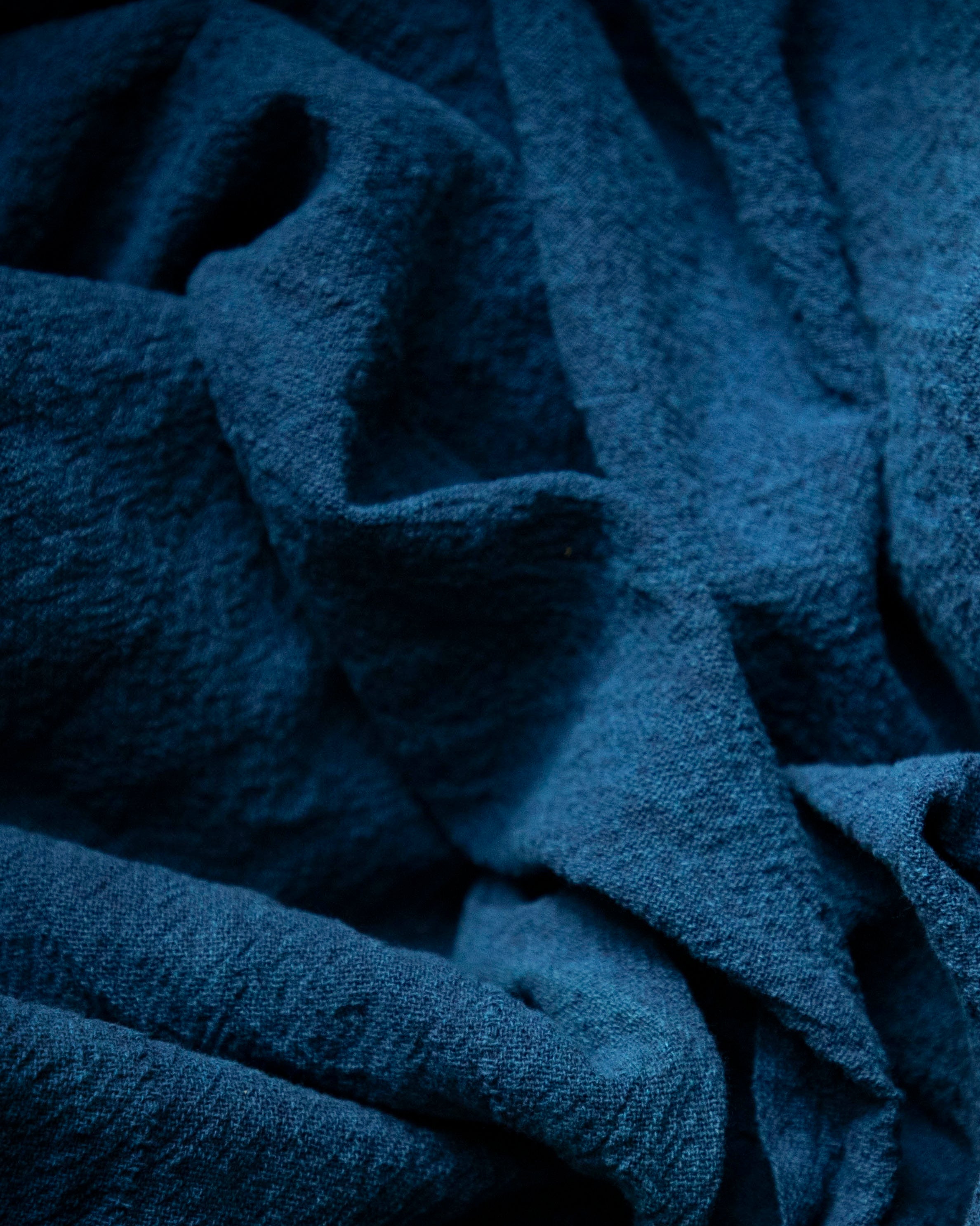
Not all silk is created equal. Many low-quality silks are produced with harmful chemicals, compromising their safety, durability, and sustainability. But Silk & Willow silk stands apart—crafted with care, free from harmful chemicals, and designed to last beautifully and sustainably.
Here are the key processes and pitfalls to watch for when purchasing silk:
Bleaching
Low-end silks often use chlorine-based bleaching to lighten fibers, leading to toxic byproducts and weakened silk.
We avoid these practices, using natural hydrogen peroxide or enzymatic alternatives to achieve gentle lightening without environmental harm.
Sizing
Traditional sizing (applied to strengthen threads during weaving) often includes synthetic chemicals like polyvinyl alcohol (PVA) or acrylic polymers.
We ensure natural alternatives, such as plant-based starch, are used to maintain safety and eco-integrity.

Fabric Finishes
The soft, sleek feel of silk is sometimes enhanced using harmful chemicals. Silicone or Petroleum-Based Softeners: These can contain toxic additives or impact sustainability. Optical Brighteners: Often used to whiten silk, these non-biodegradable chemicals harm ecosystems.
Our silk retains its natural beauty, is free of synthetic and harmful finishes, and ensures safety for both you and the planet.
Wrinkle Resistance Agents
Some silks are treated with chemicals to improve wrinkle resistance, but these can be harmful: Formaldehyde-Based Resins: Carcinogenic and harmful to skin and air quality.
Silicone-Based Finishes & Cross-Linking Agents: While less toxic, some still affect the environment and biodegradability.
Again, we keep it 100% natural!

We proudly craft 100% natural, untreated silk for our ribbons and silk table linens. Our hair scrunchies, sleep masks, and scarves are all produced from Oeko-Tex®-certified silk, meaning no harmful chemicals will ever touch your skin or the planet.

Why Choose Eco-Friendly Silk?
Every choice you make tells a story. When selecting silk for your DIY projects, weddings, or everyday moments, choosing toxin-free, sustainably crafted silk is more than a decision; it’s a commitment to your well-being and the planet.


